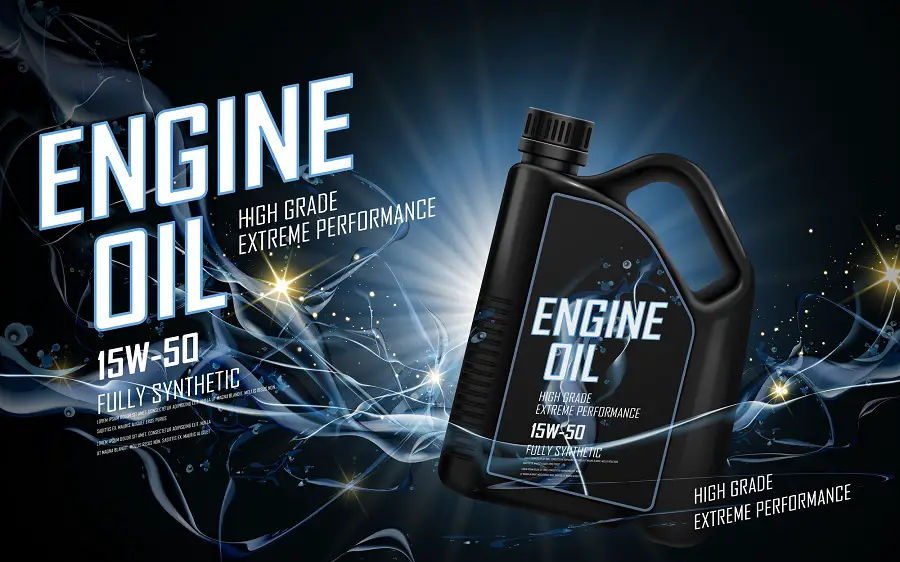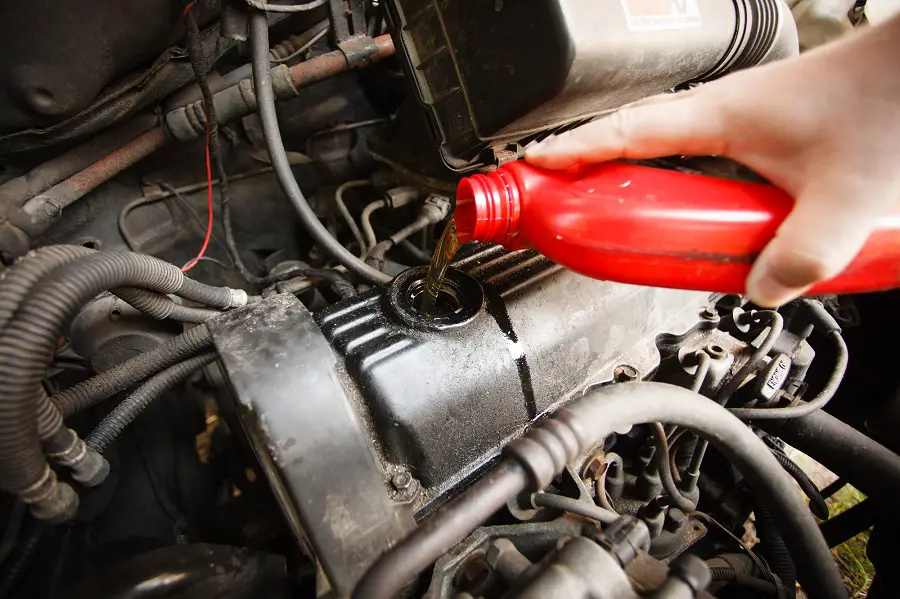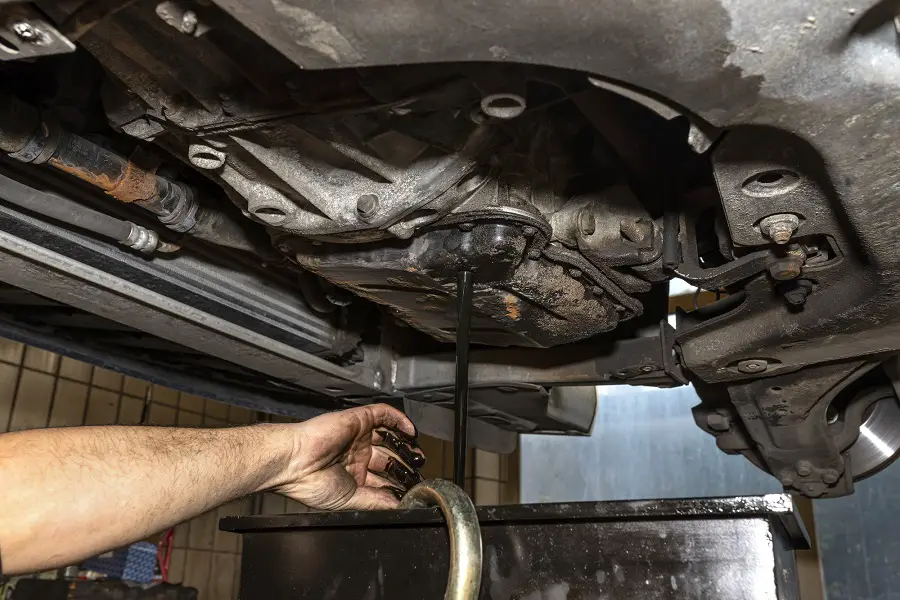Using water instead of coolant is one of those things that you can do, but you probably shouldn’t. When you check your car’s coolant level and realize it’s time to add fluid to the cooling system, it’s always best to use the manufacturer’s recommended coolant. By doing so, you can avoid major issues that might result from using plain water.
However, there are some situations where adding water instead of coolant is a good idea. There is also a time when you should not add water.
Let’s look at some specific details so you know what to do and what not to do.
What Makes Coolant Superior to Just Water?
Water is very healthy for people, and we need it to survive. Coolant is essential for a car, and regular water doesn’t cut the mustard for three big reasons.
The first is the most obvious. Coolant, also known as antifreeze, prevents the fluid in the radiator and cooling system from freezing in sub-zero temperatures. If you substitute pure water for coolant, your system’s fluid could freeze when it gets cold. And when the fluid freezes, the components of the cooling system will crack, leaving you with a broken down car and a big repair bill.
The second reason coolant is superior to water is that it has a higher boiling point. Regular water boils at 212-degrees Fahrenheit. Commercial coolant product formulations use chemicals, like glycol, that not only prevent freezing but raise the boiling point. Modern cars take advantage of this extra margin, and typically their cooling systems run warmer than the threshold where water boils.
The third reason coolant is superior to water is that plain water isn’t as plain as it might seem. Unless you’re using distilled water, it contains minerals and other solids that can harm a car’s cooling system. When regular water sits inside of a car, it can leave deposits that lead to corrosion or rust formation, potentially ruining the cooling system and saddling you with a big repair bill.
Some manufacturers specify certain brands or blends of coolant because their systems are sensitive to certain mineral formations, so be careful to use the type of coolant recommended in your owner’s manual.
Can I Put Water in the Coolant Reservoir?
Modern vehicles are pretty complicated. But, one system that’s pretty easy to understand is the cooling system. The radiator, water pump, thermostat, and fans all work together to circulate coolant and keep the engine from overheating. The cooling system is also sealed from the environment, so if there’s a leak or the coolant is low, it’s pretty obvious.
Having enough coolant in the reservoir is essential. Otherwise, there isn’t enough to circulate and keep the engine from overheating. If you find yourself with a leak and no coolant to refill the system, you’re in a situation where you might need to add water to the coolant reservoir as a temporary substitute.
So, you can indeed put water in your coolant reservoir if you’re running low on coolant in an emergency. You should always try to use coolant if possible, and if you can’t, you should use distilled water to avoid adding minerals to the system. Regular water should be a last resort.
Can I Put Only Water in My Radiator Temporarily?
If you’re in a tough spot, you can put only water in your radiator temporarily. Having some water is better than having no coolant. But, you should understand that this is a temporary solution to get you to a destination in an emergency.
The cooling system on a modern car is meant to remain sealed, so the fluid shouldn’t leak or evaporate. If you end up in a situation where you’re adding water to prevent overheating, you should drive only as far as necessary. Then, at some point, shortly after the car cools down, you need to repair the problem that led to overheating.
Then, you need to have the cooling system drained and flushed to remove the harmful impurities from the plain water you added. The new coolant you pour into the system will be cleaner, and it will have a higher boiling point than regular water. Plus, it won’t freeze in cold weather.
Can You Add Water to Engine Coolant if You Have a Slow Leak?
A slow cooling system leak is something you want to repair right away. But, if you’re in the middle of a trip and you detect a leak, you can get to your destination by topping off the system. The first sign of a leak could be a warning light on your dashboard, or you might see some steam coming from under the hood if the fluid is starting to boil.
You already know that using coolant is best, but if you don’t have any available, you can add water to the coolant already in the system.
That’s better than running low and ending up overheating, as even a brief overheat can do major damage. But it’s always better to use distilled water instead of regular water if you can.
When is It Bad to Only Add Water to Your Antifreeze?
When it’s cold enough that there is a potential for freezing temperatures, having plain water in your cooling system can be disastrous. That’s because once the temperature drops below freezing and the fluid in your cooling system freezes, it will expand.
As soon as that happens, all of the small passageways, narrow tubes, and plastic components could crack due to the expansion of the freezing fluid. Even on an affordable car, a new radiator can cost hundreds of dollars in parts, plus the labor to install it. So, don’t put plain water into your radiator in freezing weather.
It’s also a good idea to never add anything but the exact coolant brand and blend recommended in your owner’s manual. Carmakers choose certain formulations to minimize oxidation and other deposits in their cooling systems. If you do end up needing to use a different fluid, make sure to flush it from the system as soon as you can.






